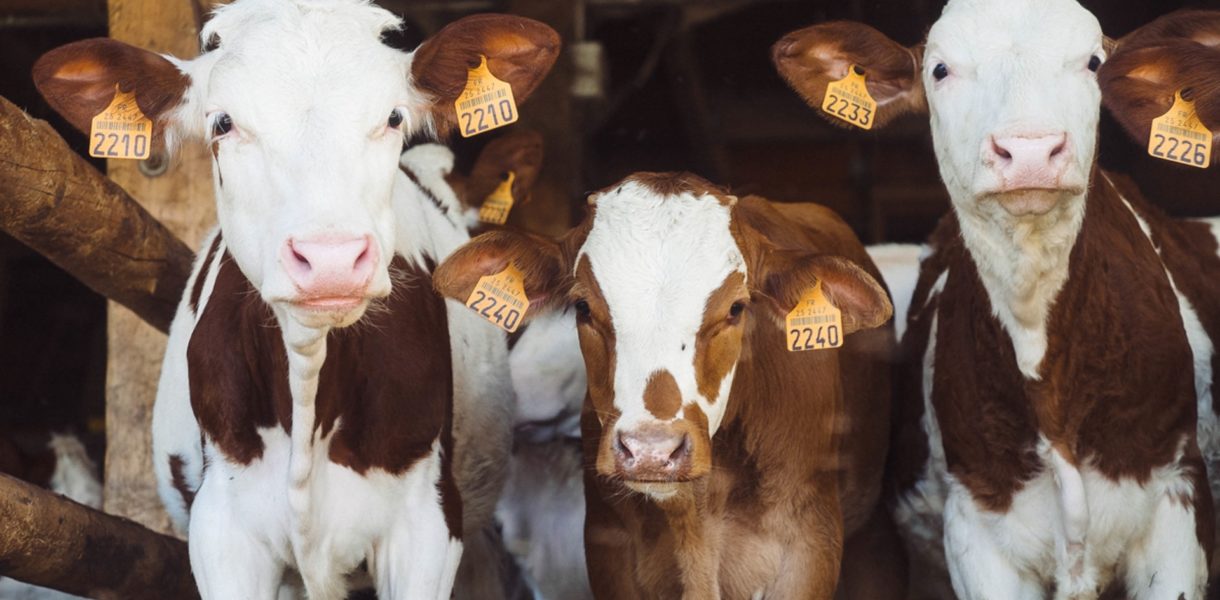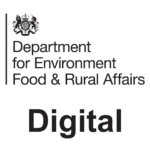I see the plans for combined, tied-in electro medicine records are now confirmed.
It's all going to be so easy.
So, when you cannot comply with the gold plated standards for some reason, what do you think the mainstream abattoirs will say to your fatstock?
Even just a powercut the night before you load the lorry, and you might as well open the gate and let em out again.
Like FA, it will very quickly become the minimum.
Will the database be secure? Absolutely not if history has any pointers.
Will it work every time in real world conditions? Of course not.
Who will be liable when it doesn't work? Who do you think?
Will it make bullocks worth any more? You're being silly now.
This is going to be just another stick to beat us with.
How on earth the NFU top brass can be so keen beggars belief....obviously they farm in a very different world to me.
It's all going to be so easy.
So, when you cannot comply with the gold plated standards for some reason, what do you think the mainstream abattoirs will say to your fatstock?
Even just a powercut the night before you load the lorry, and you might as well open the gate and let em out again.
Like FA, it will very quickly become the minimum.
Will the database be secure? Absolutely not if history has any pointers.
Will it work every time in real world conditions? Of course not.
Who will be liable when it doesn't work? Who do you think?
Will it make bullocks worth any more? You're being silly now.
This is going to be just another stick to beat us with.
How on earth the NFU top brass can be so keen beggars belief....obviously they farm in a very different world to me.









